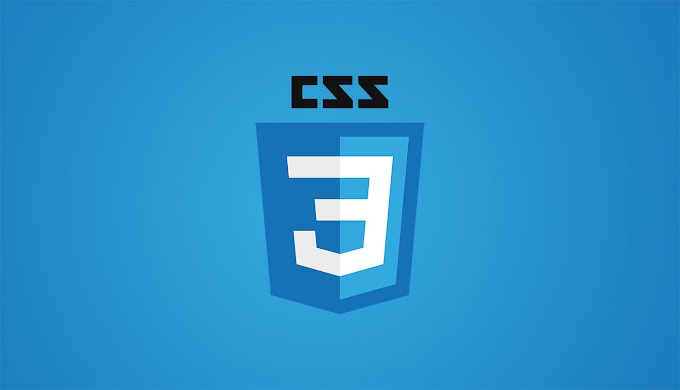On a photo and video sharing site, Instagram returns chronological feed options to the platform. This was announced when Adam Mosseri, head of the meta-owned app, stood in front of the Senate on Wednesday to testify about the damage to young people via the Instagram platform.
In his keynote, Mosseri stated that Instagram will support giving people the option to have a chronological feed, and when asked if he thinks users could use Instagram app without having to be manipulated by algorithms or not, he asserted that the company is currently re-developing the chronological capacity option.
Instagram introduced an algorithmically sorted feed in 2016 allowing posts to be logged in chronological order, and in 2017 was updated to include suggested posts. Instagram had to discontinue the feature after it was promptly published by many users who liked their posts and their friends' hate.
Artificial Intelligence (AI) technology is used to create a personalized feed based on users’ activity, but has received backlash from many users.
“We’re currently working on a version of a chronological feed that we hope to launch next year,” says Mosseri. The Instagram head further confirmed the company has been working on the feature “for months.”
However, Mosseri admits that using the timeline feed has caused many users to miss posts from the accounts they are following. “In 2016, people missed 70% of their total posts in the topic,” says Mosseri.
“We believe in greater transparency and accountability, and in greater control. That's why we're currently working on a version of the timeline feed that we hope to launch next year,” said Mosseri.
It should be remembered that Instagram has begun in 2020 to create an internal prototype of the 'Latest Posts' feature that will give users the option to benefit from recent updates through a special section in the app, but the feature was never publicly rolled out to Instagram's global user base.
Users will love that the reintroduction of the chronological flow option is done without making it the default or even an obvious choice, as algorithmic flow allows for more user involvement into the application.














